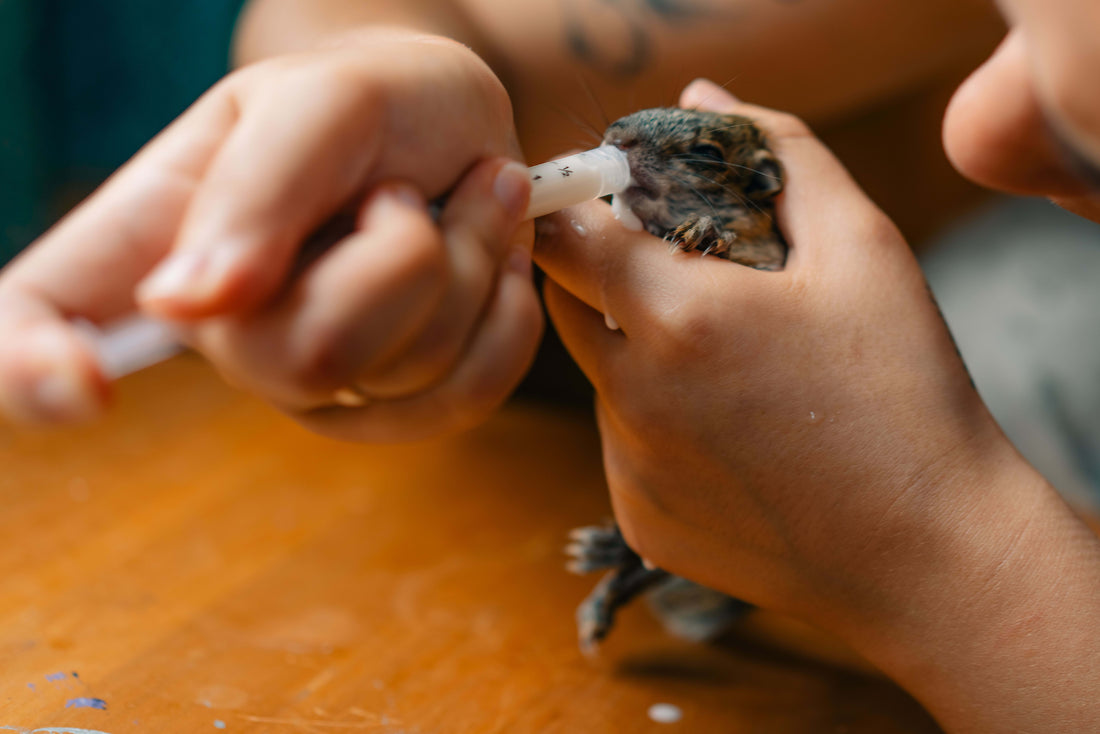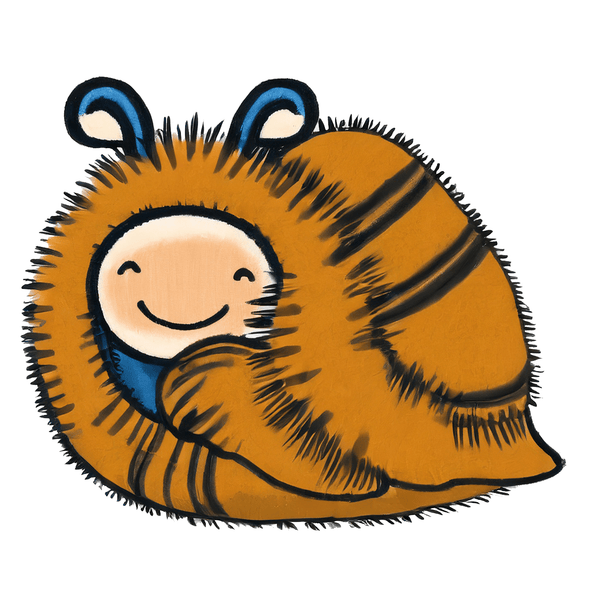
Giving Wildlife a Second Chance
Share
Three Key Benefits of Supporting Rehabilitation Programs
Every year, countless wild animals are injured, orphaned, or displaced due to human activity, natural disasters, or illness. These animals often face a grim fate without intervention. Fortunately, wildlife rehabilitation programs nationwide dedicate themselves to providing these creatures with a fighting chance. Supporting these organizations is not just an act of compassion; it's a vital contribution to the health of our ecosystems. Here are three key benefits of championing wildlife rehabilitation programs.
1. Enhancing Recovery and Return to the Wild
Wildlife rehabilitation aims to rescue, treat, and ultimately return animals to their natural habitats. A dedicated team of professionals and volunteers springs into action when a concerned citizen brings an injured bird, an orphaned squirrel, or a sick turtle to a rehabilitation center. This process involves:
- Veterinary Care: Providing immediate medical attention to address injuries and illnesses. This can range from setting a broken bone to treating poisoning or infection.
- Proper Nutrition and Husbandry: Ensuring each animal receives a diet mimicking what it eats in the wild promotes healthy growth and development.
- Specialized Rearing for Orphans: Raising young animals in a way that prevents them from becoming habituated to humans, a crucial step for their survival after release.
- Physical and Behavioral Rehabilitation: Offering opportunities for animals to regain their strength and practice natural behaviors, such as flying, foraging, or hunting, in safe, pre-release enclosures.
Rehabilitation programs provide comprehensive care to maximize the chances of a successful reintroduction to the wild. Each animal returned to its ecosystem can once again contribute to the intricate web of life, from pollinating plants to controlling pest populations.
2. Increasing Public Awareness and Education
Wildlife rehabilitation centers are invaluable hubs of education for their communities. They are often the first point of contact for individuals who encounter distressed wildlife, offering a unique opportunity to educate the public about local species and their challenges. This educational outreach takes many forms:
- Direct Guidance: When someone calls about a wild animal, rehabilitators can advise on handling the situation safely and determine if the animal truly needs help. This interaction can prevent well-meaning "kidnappings" of young animals that are not actually orphaned.
- Community Programs: Many centers offer educational programs for schools, community groups, and the general public. These programs can feature non-releasable "ambassador" animals, providing an up-close look at native wildlife and fostering a deeper connection to the natural world.
- Volunteer Opportunities: Volunteering allows individuals to gain hands-on experience and a greater understanding of the needs of local wildlife and the importance of conservation.
- Addressing Human-Wildlife Conflicts: Rehabilitators can offer humane and effective solutions for resolving conflicts between humans and their wild neighbors, such as raccoons in the attic or deer in the garden.
Through these efforts, wildlife rehabilitation programs empower people with the knowledge and skills to coexist peacefully with wildlife and become better stewards of their local environment.
3. Strengthening Biodiversity and Preserving a Legacy
In the face of a global biodiversity crisis, every individual animal matters, especially those belonging to threatened or endangered species. Wildlife rehabilitation programs play a direct role in preserving these vulnerable populations.
By treating and releasing even a single member of an endangered species, a rehabilitation center contributes to the genetic diversity and resilience of that population. For species with critically low numbers, the survival of each individual is paramount.
History is filled with success stories where rehabilitation and captive breeding programs have been instrumental in pulling species back from the brink of extinction. The triumphant return of the California Condor and the ongoing recovery of the Black-Footed Ferret are powerful testaments to the impact of these efforts. When you support a wildlife rehabilitation program, you are not just helping the animals in their care today but investing in the future of our planet's rich and diverse natural heritage.
Supporting wildlife rehabilitation programs is a powerful way to make a tangible difference for the animals in our communities and for the health of our planet. By donating, volunteering, or simply spreading the word, you can help ensure that injured and orphaned wildlife get a second chance at life in the wild, that our communities become more informed and compassionate, and that we continue to protect the incredible biodiversity surrounding us.
